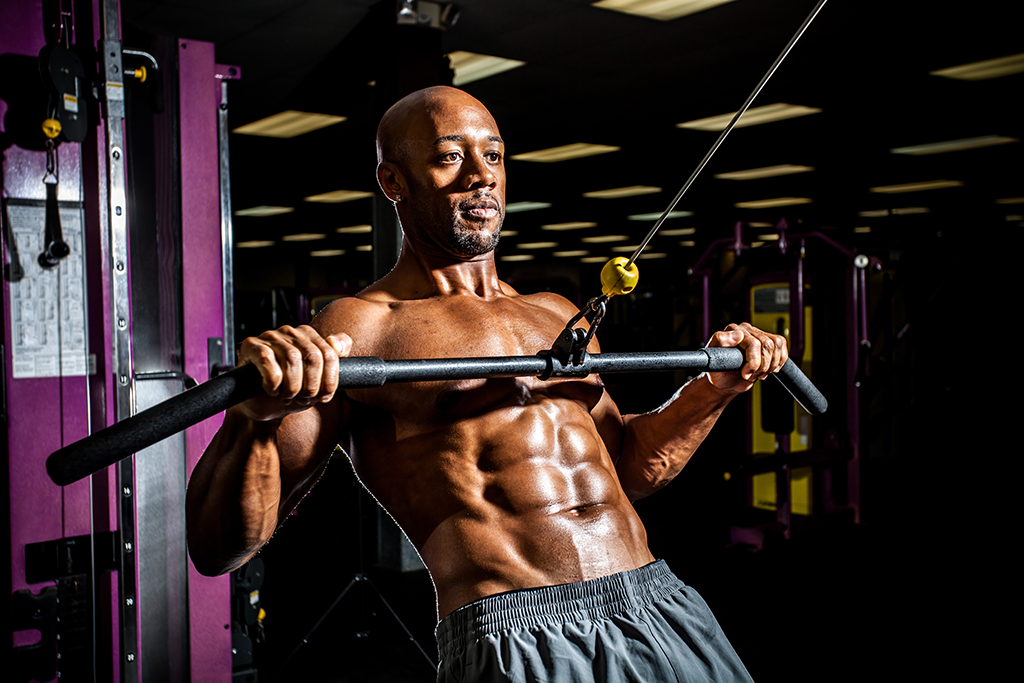Strength training and mass building – the pair seem a match made in heaven, right? Laurel and Hardy, Batman and Robin, the duo are inexorably linked in the minds of most lifters who see the two types of training as interchangeable – at least as goals.
Certainly, many would reason that it’s most important to engage in strength-building, since mass will only follow strength. And while that is generally true, each of these training types can exist completely independently of one another – and leave little room for the two end goals to be achieved once combined.
It may surprise you to know that the two really aren’t at all similar and require completely different training techniques and practices.
Perhaps they are compatible in theory, or in some blurred fashion. But does blurring the lines between the two types of training enable fewer results on both fronts?
Each is quite different in that there is a dependence on completely different rep ranges, and that actually makes them quite dissonant when blurred.

In general, a strictly “strength” training routine will involve working out within a rep range of about three. A strictly “mass” building routine uses rep ranges that are much higher – at about 12-15 reps.
|
Routines for strength training:
Routines for strength training typically use compound movements for the most gain, but can use any type of exercise that works multiple joint surfaces and also those movements (such as a row, for example) that can still be performed with heavy weight and focuses on more than one joint surface. Examples of this type of training: HIIT (cadence and intensity of lifts) Max-OT (heavy compound exercises, 1-2 muscle groups per session, 6-9 sets, 30 minutes max) Wendler 5-3-1 (using 90 percent of 1RM, training waves of 5, 3, or 1 reps) Traditional split routines Routines for mass building: Mass-building routines usually contain just compound movements, but also may include secondary and tertiary movements that may be variations of compound movements, but not a strict compound type. For example, a squat is a compound movement for the legs, but the leg extension - while isolative - is also a strength move that can be used to great effect. Examples of this type of training: German Volume Training (one exercise per body part, 10 sets / 10 reps) Monster Confusion Routines for strength and mass building: Routines that target both mass-building and strength training include both compound exercises and isolative exercises. Examples of this type of training: 5x5 (Mid-road set and rep ranges that satisfy both strength and mass ranges) SAIS Training (Muscle adaptation with reps suited to 3 fiber types) |

There are countless routines one can choose to achieve success in the area of gains in either mass or strength. For our money, we don’t think that amalgams of routines work quite as well as focus on one or the other – strength or mass. However, any one of the routines above can be useful, depending upon how you administer them, the exercises you choose, your intensity level and many other factors.
When to Choose Mass Over Strength
Generally, we all look at our off-season as a time to pack on mass, but more often than not, we don’t ever really focus strictly on strength gains. Again, mass typically follows strength, but strength does not necessarily follow mass in quite as linear a fashion.
To ensure that you have both steady strength gains, as well as mass gains, you need to stagger routines that focus on one or the other, with the occasional four or five week routine that may incorporate a hybrid array of sets and reps that satisfy both on extreme ends of the spectrum (more sets and reps than you may want to do for strength gains, and fewer sets and reps than you may be included to do for mass gains).
Eating for the Job
One thing people fail to do more than choosing the right routine, is adequately eat for the job. Excess calories are the only way, beyond smart supplementation, genetics and hard work, that you will see the kinds of gains you're after - particularly when it comes to mass gains.
|
EATING FOR MASS GAINS
You can’t talk about mass and strength gains without talking diet, and most guys fail in the area of eating enough calories to build mass. Where once you may have had a normal meal of two eggs, and a bowl of oatmeal, now it may look something like this: Breakfast
Rest for an hour or two, then drink a pre-worktout (such as Flash Bang), and train. Then make this shake:
Rest for an hour with your feet up, then make yourself this meal:
Two hours later, make blender drink consisting of:
Two to three hours later:
|

This is just an example of the kind of volume of food one needs to eat in order to gain mass.
Whether you focus on strength or mass gains - and you may overlap both on occasion - the point is to know how to optimize
both training types to ensure success. We suggest you try routines from each of the categories listed above and give yourself
over to its principles for maximum effect. There is a time and place for each in your off-season. We would also argue that there is a place for strength training in your contest regimen.


